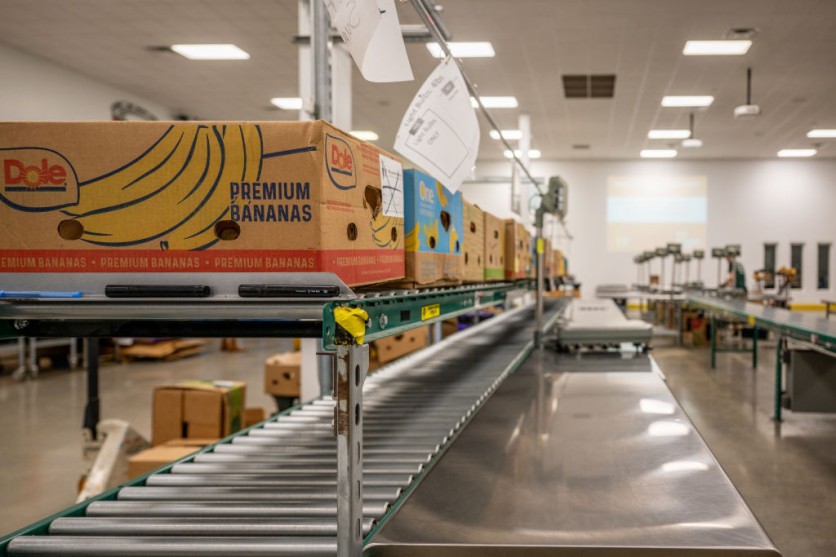A group of researchers from the Charles H. Dyson School of Applied Economics and Management have developed a new measuring tool to assess food poverty in the United States, revealing compelling insights spanning 17 years.
Food insecurity in the US continues to be a significant issue despite the nation's overall prosperity and food abundance.
New Measuring Tool Reveals 17-Year Trends in Food Insecurity
To understand and address food poverty in the US, the researchers have introduced an innovative and comprehensive measuring tool called the probability of food security (PFS).
This pioneering method seeks to estimate the likelihood that a household's food expenses will either meet or surpass the minimum cost required for maintaining a nutritious diet.

Interesting Engineering reported that the application of the PFS has yielded intriguing insights into the dynamics of food security in the country over the past 17 years.
The findings indicate that a third of US households have encountered at least brief periods of food insecurity, shedding light on the multifaceted nature of this critical issue.
The PFS, at its core, is constructed by establishing a connection between food expenditures and a range of household characteristics, including factors such as the gender, race, and educational attainment of the household head.
These variables have been identified as closely intertwined with food security and instrumental in developing a comprehensive assessment of food poverty trends.
The PFS is constructed by establishing a connection between food expenses and key household characteristics, including gender, race, and the household head's educational attainment. These factors are closely linked to food security, making them integral components in understanding the landscape of food poverty in the US.
Moreover, the PFS has been meticulously calibrated to ensure that its estimations of food insecurity prevalence align precisely with those derived from the USDA's Food Security Scale Score.
This innovative tool unveils food insecurity dynamics that remain beyond the scope of investigation using the nation's current official measurement of food-related challenges, particularly shedding light on the likely duration and severity of episodes of food shortage.
Co-author Chris Barrett, who holds the Stephen B. and Janice G. Ashley Professorship of Applied Economics and Management at Dyson, emphasized the importance of addressing food insecurity dynamics in the US. He noted that while research on this topic has been more extensive in low-income countries, the issue is equally relevant in the US.
Second co-author John Hoddinott, the H.E. Babcock Professor of Food & Nutrition Economics and Policy in the Division of Nutritional Sciences, emphasized that despite the US being a relatively affluent nation, there exists a substantial segment of the population facing significant economic hardship and lacking the means to access a nutritionally adequate and healthy diet.
Affecting Particular People
The research also revealed that persistent or severe food insecurity disproportionately affects households led by women, individuals from diverse racial backgrounds, and those with lower levels of educational attainment.
The PFS exhibits a critical feature that distinguishes between persistent, long-term food insecurity and short-term episodes of food scarcity, a unique characteristic previously absent from food security assessment in the US.
This newfound ability empowers researchers to adopt a more nuanced and targeted approach to addressing food insecurity challenges in the nation, allowing for the identification of specific demographic groups with precise food security needs.
The study's significant findings have been documented in the American Journal of Agricultural Economics, marking a pivotal milestone in food security research and policy development.

ⓒ 2026 TECHTIMES.com All rights reserved. Do not reproduce without permission.




